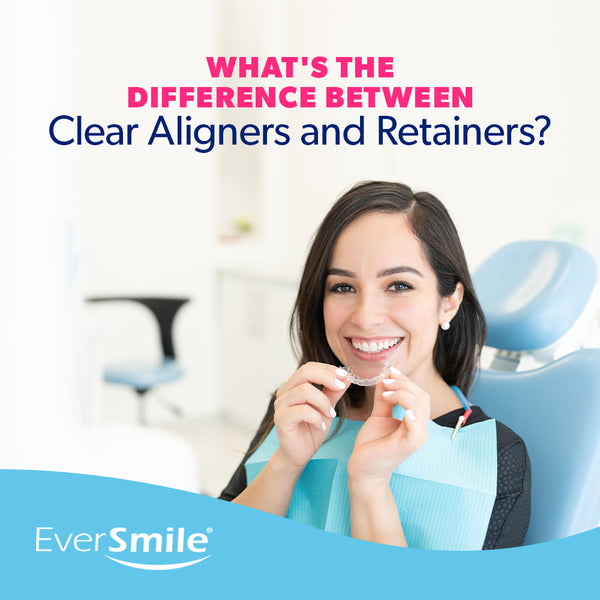
What's the Difference Between Clear Aligners and Retainers?
On the surface, aligners and retainers seem pretty similar. Both are made of clear plastic and used for orthodontic treatment. However, they have two different goals — aligners are meant to move your teeth into new positions, while retainers keep your teeth in their final position. Continue reading to learn more about the difference between clear aligners and retainers, as well as the best ways to clean them both.
The Difference Between Clear Aligners and Retainers
To best understand the distinction between clear aligners and retainers, consider the following similarities and differences.
![Similarities Between Aligners and Retainers [list]](https://cdn.shopify.com/s/files/1/0662/0303/files/02-Similarities.jpg?v=1624467725)
Similarities
Many people think aligners and retainers are the same things because they look very similar. While they serve different purposes, you should note that they do share a few qualities. The similarities between aligners and retainers are as follows:
1. Both Play a Role in Orthodontic Treatment
Both clear aligners and retainers play crucial roles in your orthodontic treatment. If you wear an aligner, you're doing so to move your teeth back into their natural positions. Many people wear them over braces when they don't need such intensive oral treatment. Alternatively, retainers work to keep your straight teeth in that position. Those who wear braces transition to retainers after their treatment ends.
2. Both Are Made of the Same Material
Manufacturers use clear polypropylene sheets to make aligners and retainers. To fit them to you, your orthodontist will take measurements, x-rays, photos or imprints of your teeth. Then, they'll send that information to the distributing company — like Invisalign or ClearCorrect, for aligners — where technicians will create your aligner or retainer.
For aligners, technicians will take your images to transform them into a 3D image. After, they'll manipulate your digital teeth and create a straight smile. From there, they'll create a series of aligners at different levels, which you'll wear in stages to achieve your desired result.
On the other hand, technicians don't need to manipulate images of your teeth for retainers. This equipment still needs to fit your mouth, but because your teeth are in their final position, your orthodontist can simply use a mold as a base for the retainer. Then, technicians will use that information to construct a dental model. A clear polypropylene sheet fits over that model to create a vacuum seal, forming an imprint. This imprint creates your retainer, which is shipped back to your orthodontist.
3. Both Require Regular Cleaning
Each option requires cleaning, as they spend a considerable amount of time in your mouth. Keep in mind that your mouth contains hundreds of species of bacteria — and that bacteria transfers onto your aligner or retainer. This environment can lead to dental issues like plaque, which is a buildup of bacteria in the mouth. If you don't clean your equipment properly, you may experience more significant problems, such as cavities and gingivitis.
It's essential to maintain a regular cleaning schedule for both. Fortunately, you can use simple techniques to keep your aligner or retainer in top shape. Products like EverSmile WhiteFoam let you clean them in mere minutes so you can go about your day.

Differences
It's important to know the differences between aligners and retainers so you fully understand your orthodontic treatment. Each one serves a separate role in your oral health. Here's a look at the key differences between them.
1. Aligners Straighten Your Teeth
The goal of aligners is to straighten your teeth. When you break it down, aligners work very similarly to traditional braces, which apply gentle pressure to your teeth using brackets and wires. The slight difference is that aligners use molds rather than brackets and wires to achieve the same results.
In some cases, your orthodontist will apply clear attachments which give aligners more power to shift hard-to-move teeth, like rotated teeth. Either way, your aligner will work the same no matter the adjustments your orthodontist makes. You'll receive a new mold every two weeks, each mold gradually shifting your teeth into the desired position.
The metal brackets and wires that come with traditional braces present barriers when eating, drinking and maintaining your oral health. If you wear braces, you should avoid certain foods — like chewing gum, popcorn and hard candies — or else you risk dislocating the metal brackets or wires. Further, the metal brackets and wires make it hard to thoroughly brush and floss your teeth, making you more prone to plaque buildup. Alternatively, with aligners, all you have to do is pop them out before eating, drinking or brushing and flossing your teeth.
2. Retainers Keep Your Teeth in One Place
After the aligners or braces move your teeth into place, your retainers keep your teeth in their final position. That's important because teeth have what's called "elastic memory." Essentially, your teeth have a natural tendency to shift back into their original position from before your aligner or braces treatment. To prevent that movement, patients wear retainers for several years afterward.
3. Aligners Are Temporary, Retainers Are Forever
Consider that your orthodontic treatment happens in two parts. If you wear an aligner, you're expected to do so for at least 22 hours a day, allowing you enough time to take it out while you eat, drink and brush your teeth. Once your teeth shift their desired positions, you'll switch to a retainer for about six months, wearing it day and night. Then, most patients start wearing their retainers just at night for the foreseeable future.
FAQs: Retainers vs. Invisalign Aligners
To help explain the difference between retainers and aligners, consider these answers to a few frequently asked questions. Be sure to consult your orthodontist if you have specific questions about your future treatments. This way, you can get an answer that directly fits your situation.
1. What Types of Retainers Should You Use After Aligners?
There are two types of retainers, called fixed and removable. While a fixed retainer is a wire glued to the inside of your upper or lower teeth, a removable retainer resembles a clear aligner, which means you can easily remove it when necessary. In other words, one is permanent, one isn't. Though there's no "best" retainer, your orthodontist may prefer to give you a removable retainer because it gives you a simpler way to manage your oral health.
2. What Types of Aligners Should You Use?
All clear aligners are relatively the same. When looking for aligners, it's more important to do your research on the company you choose. Clear aligners are becoming more and more popular, and many different brands specialize in making them. If you work through an orthodontist, they'll facilitate with a company for you. Otherwise, you have the freedom to pick one that has an easy process and a price range within your budget.
3. Where Can You Get Clear Aligners and Retainers?
You can get aligners and retainers in the same place through:
- An online provider: You can save money by using an online provider. When working with one, they'll send you an impression kit which you'll use to make a mold of your teeth. Then, you'll send that mold off, which they'll use to make and send your retainer or system of aligners.
- Your orthodontist: Your orthodontist can facilitate with the provider to give you the best treatment. They'll make sure your treatment is going as planned and check for any other underlying conditions. You'll get a more thorough treatment when working with an orthodontist.
4. Can You Use Aligners as Retainers?
The short answer is not really. Aligners are meant to shift your teeth to reach your desired smile, while retainers keep your teeth in place. You should use your retainers rather than your last set of aligners after treatment. However, if you lose your retainer, contact your orthodontist to see if you can use your last aligners to prevent shifting while waiting for your new retainer. Be cautious, however, because this may cause more harm than good.
5. Can You Use Retainers as Aligners?
You shouldn't use your retainer as an aligner. Retainers don't function the same way as aligners — they're only meant to keep your teeth in place because they don't apply the steady force needed to move your teeth into a new position. That said, if you forget to wear your aligners for a few weeks, retainers can help make the minor adjustments needed to regain your smile. You may experience some soreness if this happens. However, if your retainer doesn't fit snugly, schedule an appointment with your orthodontist.
6. How Long Do Clear Retainers and Aligners Last?
Clear retainers wear down over time. One retainer will last several years with the right maintenance, as they're made with a thicker plastic to keep your teeth in the correct position. You'll know when it's time to replace your retainer when you notice signs like cracking, warping, calcium buildup or a chronic bad smell.
Comparatively, your aligner treatment will last less than a few years, and you'll receive a new aligner every two weeks. Because you receive aligners so frequently, the odds of your aligners wearing down are very low. Keep in mind that aligners feature thinner plastic, so even though you're switching them out quickly, you still need to ensure you take care of them properly so they don't crack or snap.
7. What Happens When You Don't Wear Your Retainer?
When you don't wear your retainer, your teeth will shift back to their original place. It's not the end of the world if you forget to wear your retainer for a few days or a week. All you'll have to do is pop your retainer back in, and it'll make the minor adjustments needed. However, you may experience some tooth sensitivity. If you try to put your retainer back in and it doesn't fit, schedule an appointment with your orthodontist, who'll give you the best recommendation, which may include receiving another aligner treatment.
![The Best Ways to Clean Your Retainer or Aligner [list]](https://cdn.shopify.com/s/files/1/0662/0303/files/04-The-Best-Ways-to-Clean-Your-Retainer-or-Aligner-RE-1.jpg?v=1624467838)
The Best Ways to Clean Your Retainer or Aligner
Some of the best ways you can clean your retainer and aligners include:
- EverSmile® WhiteFoam™: America's No. 1 selling deep-cleaning solution is EverSmile WhiteFoam. WhiteFoam is an advanced hydrogen peroxide formula that penetrates hard-to-reach places and removes 99.999% of bacteria. All you have to do is pump some of the product into your aligner and let it sit for around 5 minutes; brushing and rinsing are optional. For a quick solution, you can pump WhiteFoam into your aligner, pop it into your mouth and spit out any excess.
- EverSmile® AlignerFresh™: A good duo to WhiteFoam is AlignerFresh, a travel-sized cleaning spray great at removing aligner buildup throughout the day. It kills 99.999% of bacteria in just one minute. You can keep your leak-proof AlignerFresh with you in your backpack or purse and use it up to six times a day.
- Hydrogen peroxide and water: Hydrogen peroxide is similar to water, except it has an extra oxygen molecule, creating an oxidation effect that kills bacteria and lifts stains. Mix equal parts hydrogen peroxide and warm water in a small glass, then let your aligners sit in it for 30 minutes. Afterward, take them out and rinse with cool water.
- Baking soda and water: Baking soda is gently abrasive and highly effective at breaking down bacteria. Clean your aligners by combining a tablespoon of baking soda with 1/2 cup of water. Dunk your aligners in the mixture and let them sit for around an hour, then rinse them off with cool water.
- White vinegar and water: White vinegar is slightly acidic, which gently cleans any bacteria from your aligners. Also, it doesn't have any colorants that could potentially stain your aligners. Combine 1 part white vinegar with 3 parts water, drop your aligners in and let them soak for 20 to 30 minutes before taking them out and rinsing them off.
- Antibacterial soap and water: Antibacterial soap works perfectly for aligners. Mix a small amount of soap in a glass of water, then stir it around. Put your aligners in, let them sit for approximately 30 minutes, take them from the mixture and rinse off any remaining soap.
Shop WhiteFoam and AlignerFresh Online Today
Both aligners and retainers are important parts of your orthodontic treatment. Aligners apply gentle pressure to your teeth, slowly moving them into their desired position. Once you reach your desired smile, your orthodontist will supply you with a retainer, which will keep your smile in place. Each is exposed to the bacteria that live inside of your mouth, like plaque, and require proper cleaning. That's where EverSmile products can help.
Dr. Michael Florman worked with many patients who used aligners and retainers. To help them keep their equipment as clean as possible, he patented an advanced anionic hydrogen peroxide technology that allows you to deep-clean your aligners and retainers as well as clean them on the go. Whether you have an aligner or a retainer, you can keep your smile fresh and bright by using EverSmile.
Learn more about the deep-cleaning WhiteFoam or on-the-go AlignerFresh solutions by visiting their product pages. There, you can easily place an order or reach out to a representative to answer your questions.
Related Articles
-
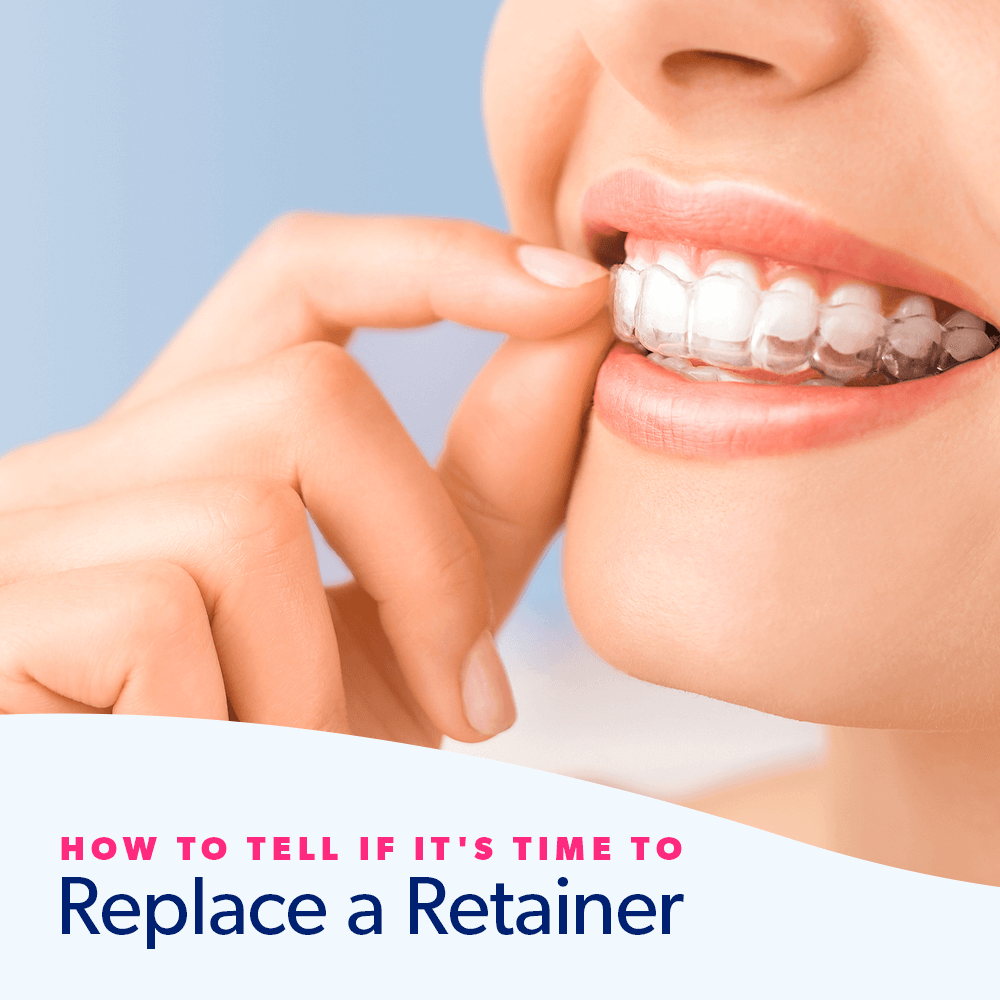
How to Tell if It's Time to Replace a Retainer
Retainers play an essential role in your post-orthodontic treatment plan. They help keep your teeth straight, maintaining the smile you invested in. Your orthodontist will likely recommend you wear a retainer for life because teeth are prone to shifting. Retainers usually only last a few...
Read More -
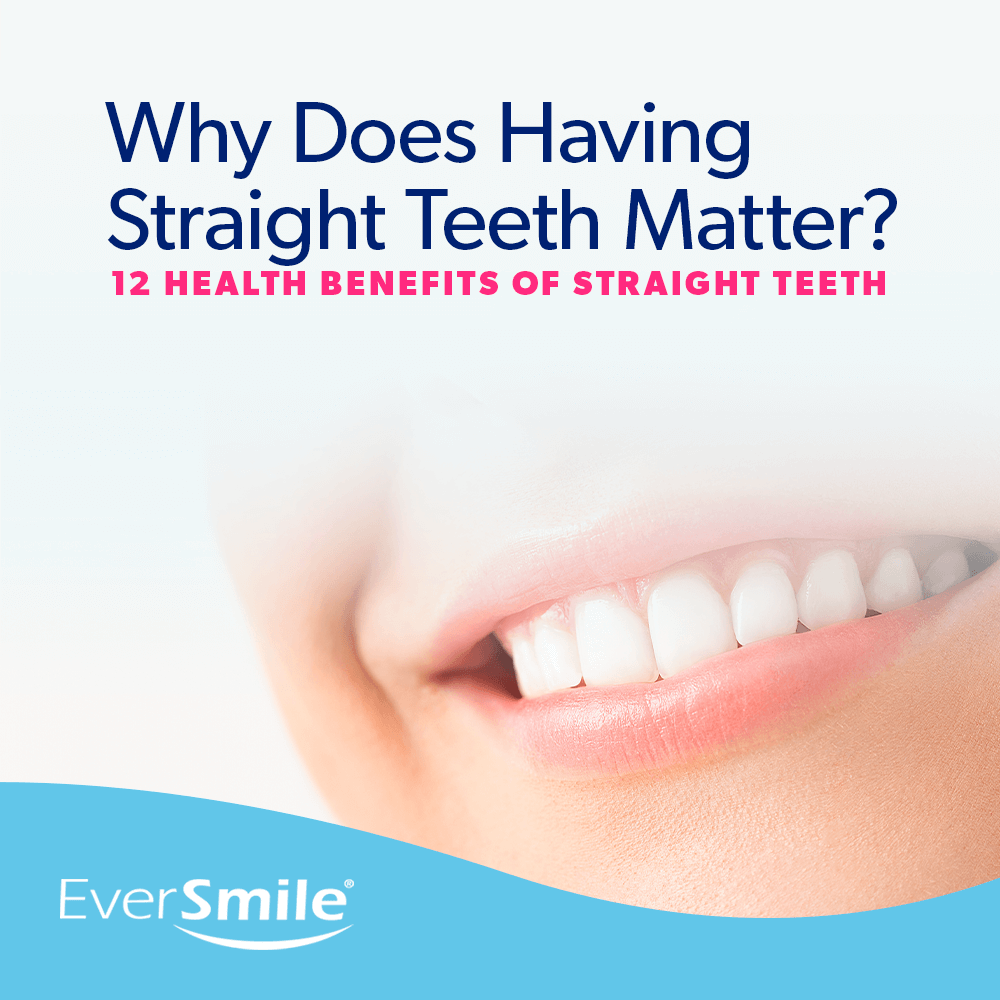
Why Does Having Straight Teeth Matter? 12 Health Benefits of Straight Teeth
If you're one of 81% of adults that think their teeth are unattractive when they see them in photographs, it might feel good to know you're not alone. But it still doesn't change how you feel. Many adults are self-conscious about their smiles because they don't...
Read More -
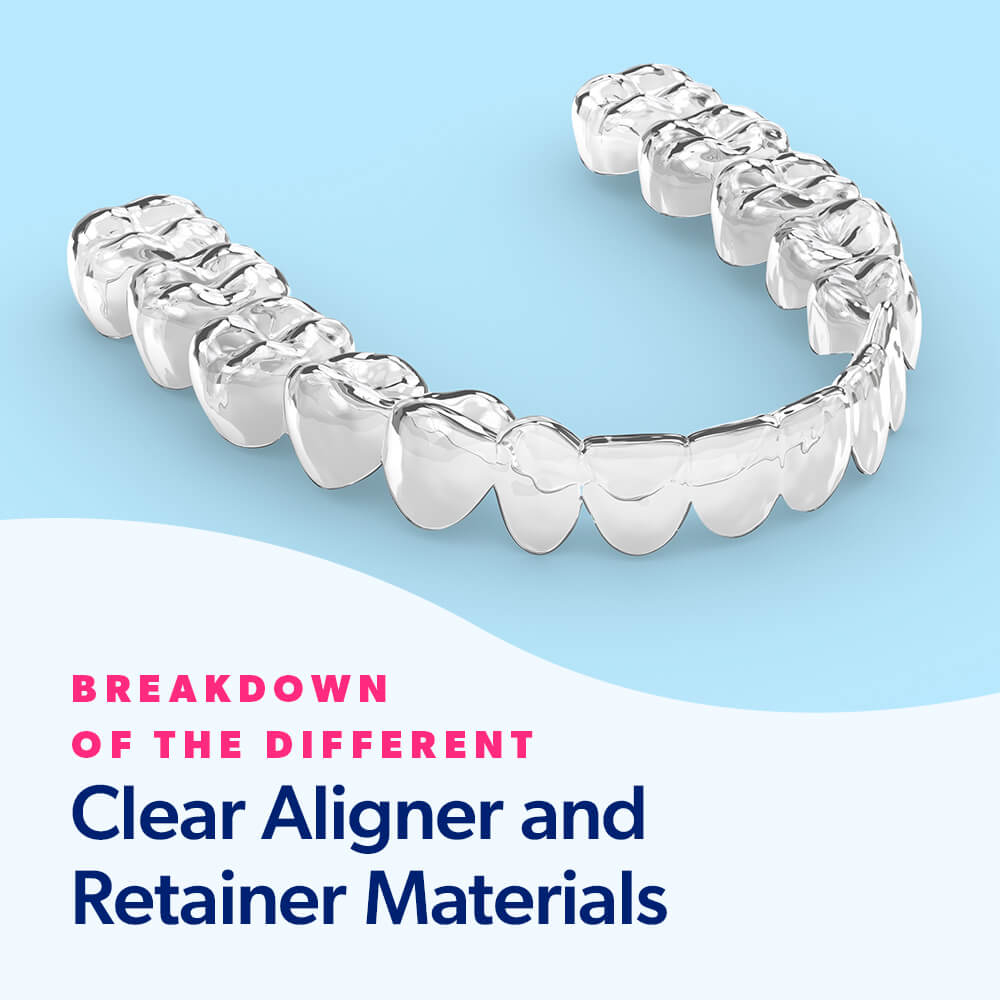
Breakdown of the Different Clear Aligner and Retainer Materials
Confidence begins with a smile. If you look in the mirror and aren't happy with your smile, now's the perfect time to change it! Clear aligners and retainers are more accessible and affordable than ever before. They straighten your teeth over time while being discreet...
Read More -
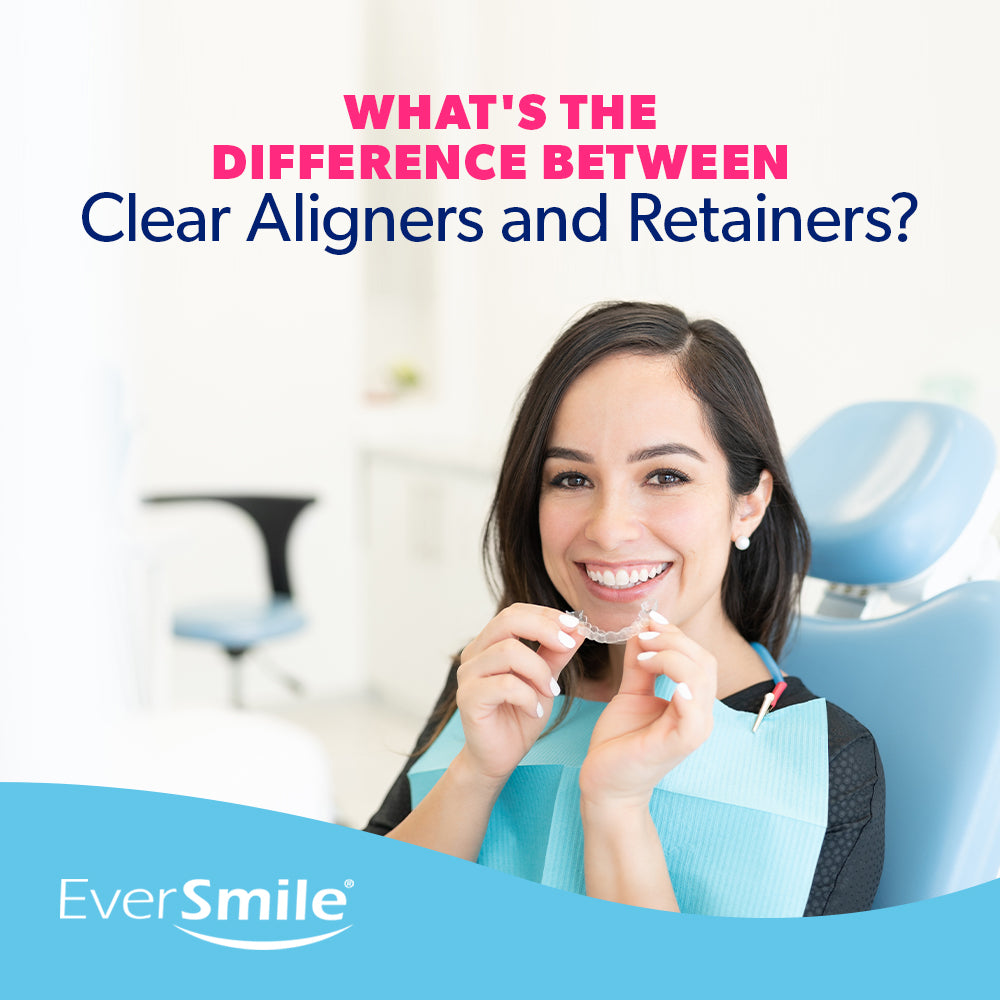
What's the Difference Between Clear Aligners and Retainers?
On the surface, aligners and retainers seem pretty similar. Both are made of clear plastic and used for orthodontic treatment. However, they have two different goals — aligners are meant to move your teeth into new positions, while retainers keep your teeth in their final...
Read More -
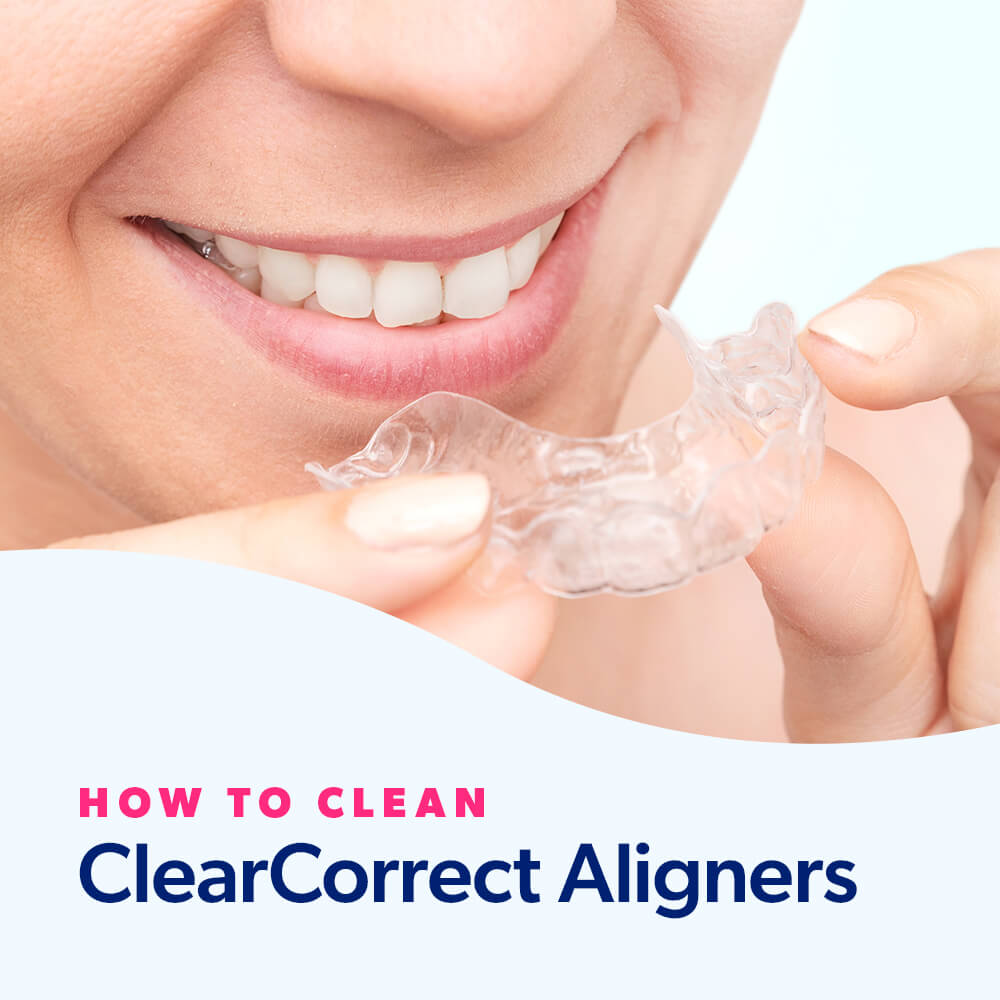
How to Clean ClearCorrect Aligners
Aligners are excellent alternatives to traditional wire braces. They discreetly straighten your smile, allow you to maintain your oral health more easily, and don't come with any food or drink restrictions. Because ClearCorrect aligners stay in your mouth for at least 22 hours a day,...
Read More -

Aligner Guide for New Users: Everything You Need to Know as a New Aligner Wearer
Clear aligners have emerged as an exciting alternative to traditional braces. Brands such as Invisalign offer the benefits of straighter teeth with the addition of a discreet appearance to fit any lifestyle. You can enjoy more freedom when wearing clear aligners, and you can smile...
Read More -

14 Tips for a Healthier Smile
A smile is often one of the first things people notice about us, and many people take great pride in having an attractive smile. However, the importance of having a healthy smile goes beyond mere appearances. The health of our teeth and gums is directly tied...
Read More -
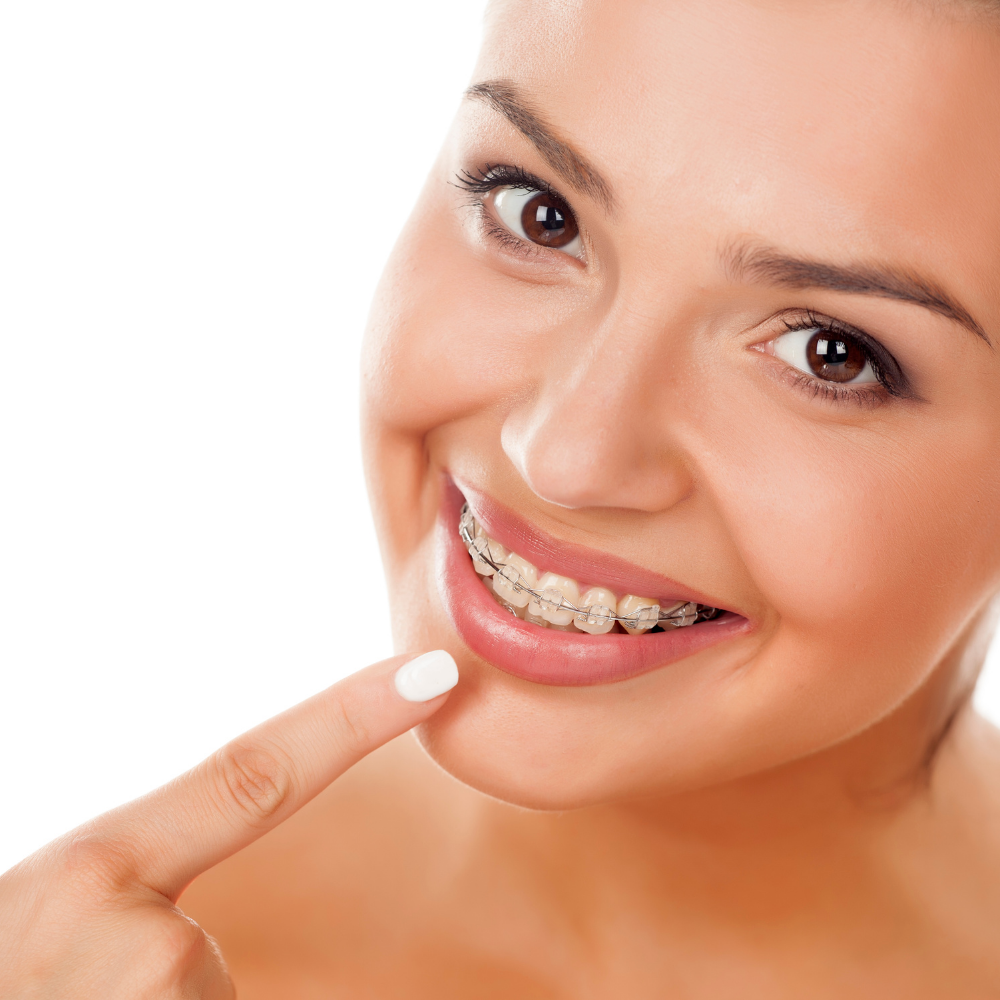
How to Get Rid of Yellow Staining From Braces
The moment your braces come off is a major high point in your life. You've spent a lot of time waiting and working to achieve the straight teeth and radiant smile you've always dreamed of. But sometimes when the braces come off, your smile isn't quite...
Read More -
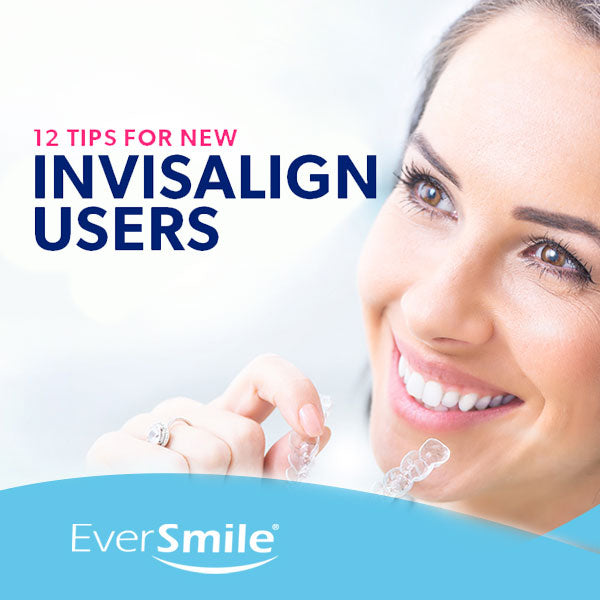
12 Tips for New Invisalign Users
Welcome to the world of Invisalign aligners! You've taken the next step toward straighter teeth and a more confident smile by subscribing to Invisalign treatment. But this is only the beginning. You'll be spending the next several months to a year wearing your aligners, and...
Read More -
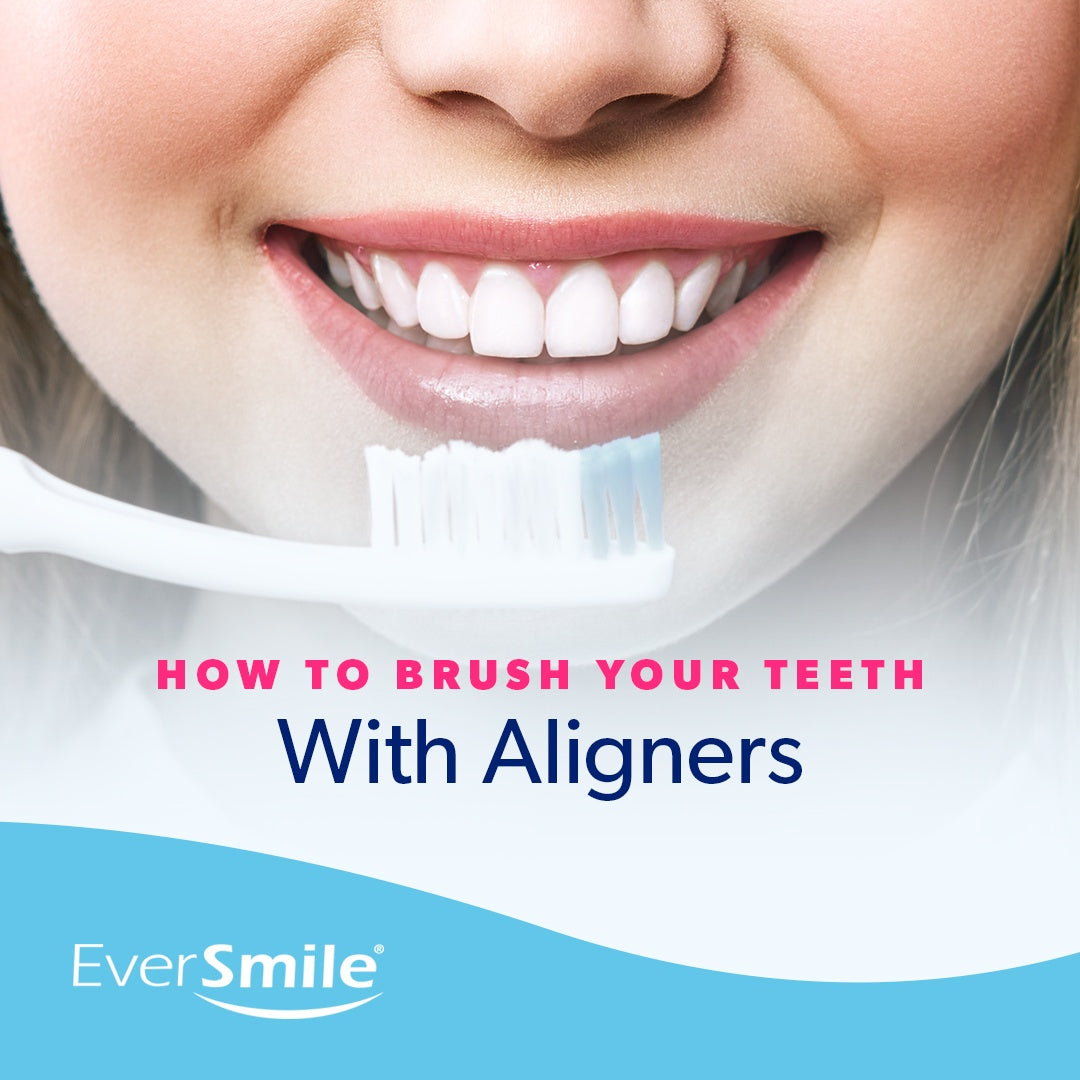
How to Brush Your Teeth With Aligners
Clear aligners are convenient and discreet ways to help straighten your smile. You can remove them whenever you need to, and they're more comfortable than traditional metal braces. It's essential to take care of your teeth, and while making sure they're straight is one way...
Read More -

The Facts on Funk: Why Is My Clear Aligner Yellow?
You got clear aligners so that no one would notice them, but your invisible aligners are only invisible if they stay clear. Many things can stain your aligners or lead to your retainer turning yellow. Certain foods, such as dark-colored berries or sugary chocolates can lead...
Read More -
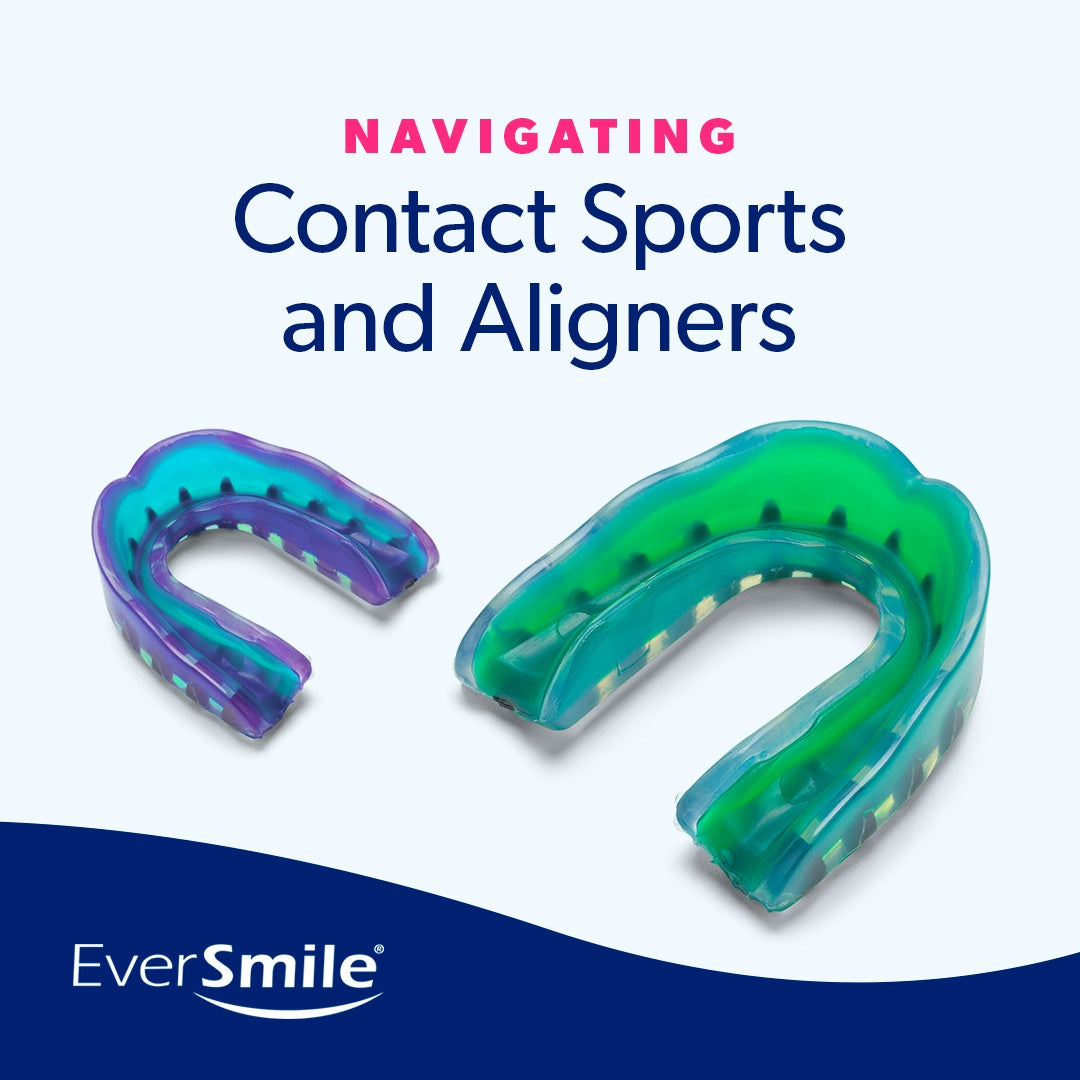
Navigating Contact Sports and Aligners
As an athlete, you have a lot on your mind when you're on the field or court. You're thinking about your opponent's next move, memorizing plays and doing everything you can to win. You don't want your teeth or aligners taking up valuable thought space...
Read More -

The Science Behind Teeth Movement
Many people experience a moment where they notice something new about their physical appearance. This is especially true with teeth. You could smile at yourself in the mirror and realize that things are different than they were last time you checked. "Was that gap always...
Read More -
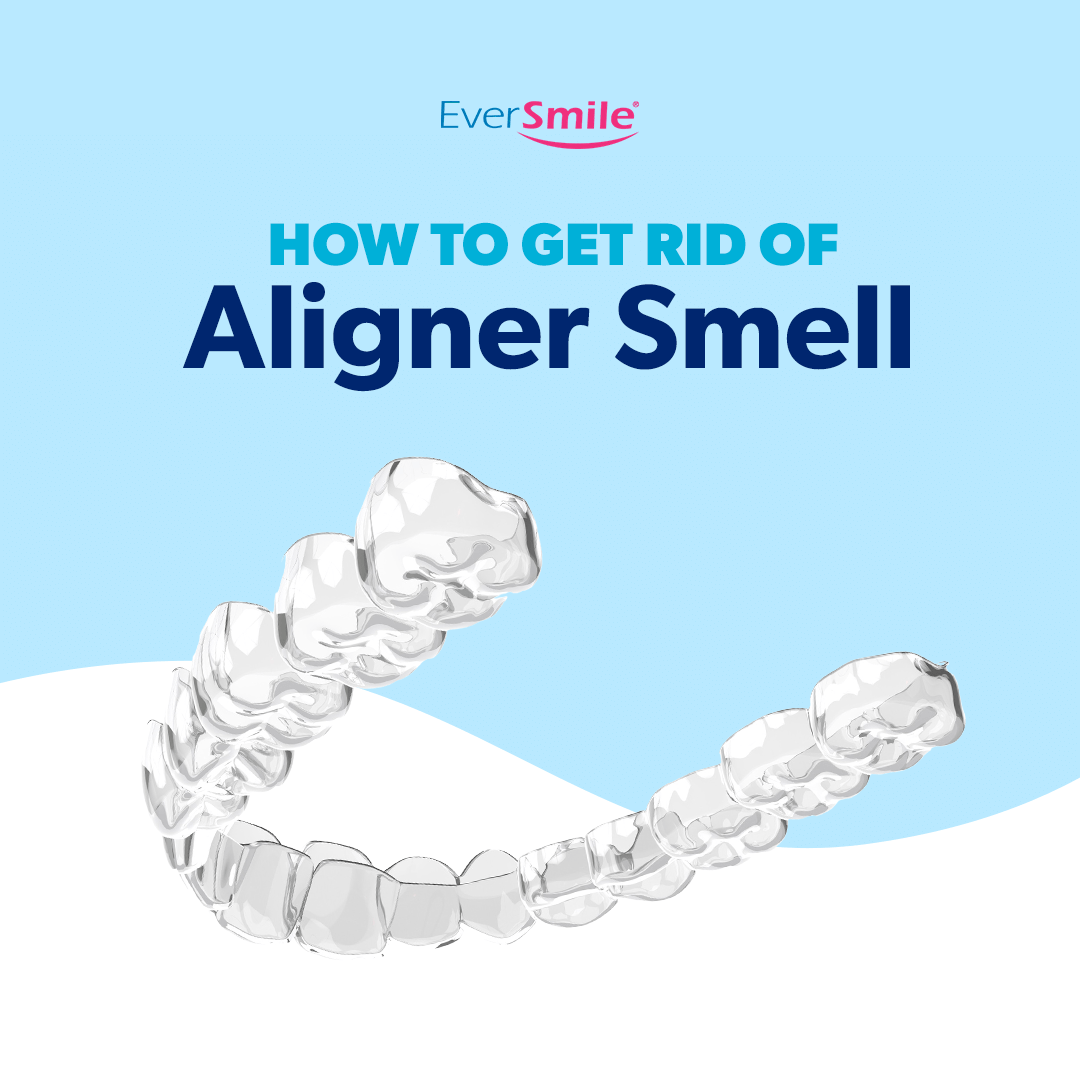
How to Get Rid of Aligner Smell
As a user of clear plastic aligners, you care about your teeth, and you want your smile to look great. The clear plastic makes the process discreet so you can wear your aligners with confidence while hanging out with friends and family or meeting people...
Read More -
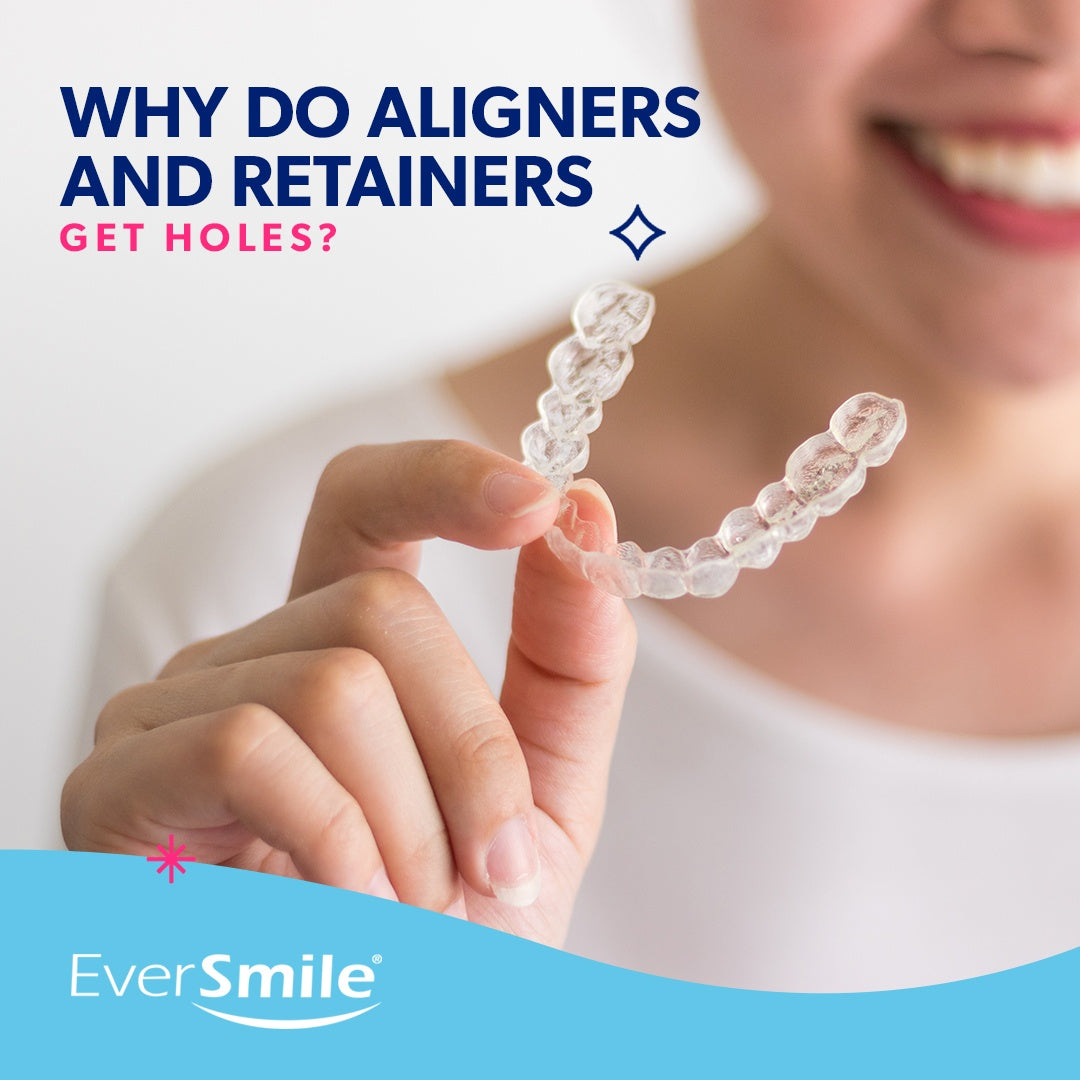
Why Do Aligners and Retainers Get Holes?
You wear your aligners almost all day, so it's not surprising that they can become damaged. But, why do aligners and retainers get holes and other damage? There are a few different ways this can happen. Take a look at the guide below to learn...
Read More -

Why Do Teeth Come in Crooked?
If you've ever looked at your smile in the mirror and noticed misaligned teeth, you've probably wondered why teeth come in crooked. Is there any way to correct this issue? Luckily, you have a few options for fixing your smile, but there are even more...
Read More -

How to Tell if It's Time to Replace a Retainer
Retainers play an essential role in your post-orthodontic treatment plan. They help keep your teeth straight, maintaining the smile you invested in. Your orthodontist will likely recommend you wear a retainer for life because teeth are prone to shifting. Retainers usually only last a few...
Read More -

Why Does Having Straight Teeth Matter? 12 Health Benefits of Straight Teeth
If you're one of 81% of adults that think their teeth are unattractive when they see them in photographs, it might feel good to know you're not alone. But it still doesn't change how you feel. Many adults are self-conscious about their smiles because they don't...
Read More -

What's the Difference Between Clear Aligners and Retainers?
On the surface, aligners and retainers seem pretty similar. Both are made of clear plastic and used for orthodontic treatment. However, they have two different goals — aligners are meant to move your teeth into new positions, while retainers keep your teeth in their final...
Read More -

14 Tips for a Healthier Smile
A smile is often one of the first things people notice about us, and many people take great pride in having an attractive smile. However, the importance of having a healthy smile goes beyond mere appearances. The health of our teeth and gums is directly tied...
Read More -

How to Get Rid of Yellow Staining From Braces
The moment your braces come off is a major high point in your life. You've spent a lot of time waiting and working to achieve the straight teeth and radiant smile you've always dreamed of. But sometimes when the braces come off, your smile isn't quite...
Read More -

The Science Behind Teeth Movement
Many people experience a moment where they notice something new about their physical appearance. This is especially true with teeth. You could smile at yourself in the mirror and realize that things are different than they were last time you checked. "Was that gap always...
Read More -

Why Do Teeth Come in Crooked?
If you've ever looked at your smile in the mirror and noticed misaligned teeth, you've probably wondered why teeth come in crooked. Is there any way to correct this issue? Luckily, you have a few options for fixing your smile, but there are even more...
Read More -

How to Tell if It's Time to Replace a Retainer
Retainers play an essential role in your post-orthodontic treatment plan. They help keep your teeth straight, maintaining the smile you invested in. Your orthodontist will likely recommend you wear a retainer for life because teeth are prone to shifting. Retainers usually only last a few...
Read More -

Why Does Having Straight Teeth Matter? 12 Health Benefits of Straight Teeth
If you're one of 81% of adults that think their teeth are unattractive when they see them in photographs, it might feel good to know you're not alone. But it still doesn't change how you feel. Many adults are self-conscious about their smiles because they don't...
Read More -

Breakdown of the Different Clear Aligner and Retainer Materials
Confidence begins with a smile. If you look in the mirror and aren't happy with your smile, now's the perfect time to change it! Clear aligners and retainers are more accessible and affordable than ever before. They straighten your teeth over time while being discreet...
Read More -

What's the Difference Between Clear Aligners and Retainers?
On the surface, aligners and retainers seem pretty similar. Both are made of clear plastic and used for orthodontic treatment. However, they have two different goals — aligners are meant to move your teeth into new positions, while retainers keep your teeth in their final...
Read More -

The Do's and Don'ts of Wearing a Retainer
You should always follow your dentist's directions for wearing a retainer to ensure the investment you put into having a straight smile lasts for years to come. Adhering to the do's and don'ts of wearing a retainer is vital to keeping your teeth straight and...
Read More -

14 Tips for a Healthier Smile
A smile is often one of the first things people notice about us, and many people take great pride in having an attractive smile. However, the importance of having a healthy smile goes beyond mere appearances. The health of our teeth and gums is directly tied...
Read More -

How to Get Rid of Yellow Staining From Braces
The moment your braces come off is a major high point in your life. You've spent a lot of time waiting and working to achieve the straight teeth and radiant smile you've always dreamed of. But sometimes when the braces come off, your smile isn't quite...
Read More -

How to Preserve Your Clear Retainers
Retainers are vital for straightening your smile. Even when you're done with aligners or braces, your retainers prevent your teeth from shifting back into their misaligned positions. Because these appliances are essential, it's useful to know how to preserve your clear retainers. You'll help them...
Read More -

The Science Behind Teeth Movement
Many people experience a moment where they notice something new about their physical appearance. This is especially true with teeth. You could smile at yourself in the mirror and realize that things are different than they were last time you checked. "Was that gap always...
Read More -

How to Get Rid of Aligner Smell
As a user of clear plastic aligners, you care about your teeth, and you want your smile to look great. The clear plastic makes the process discreet so you can wear your aligners with confidence while hanging out with friends and family or meeting people...
Read More -

Why Do Aligners and Retainers Get Holes?
You wear your aligners almost all day, so it's not surprising that they can become damaged. But, why do aligners and retainers get holes and other damage? There are a few different ways this can happen. Take a look at the guide below to learn...
Read More
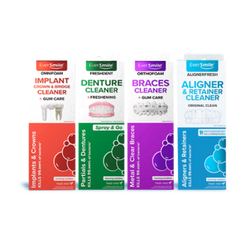
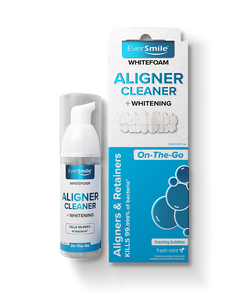
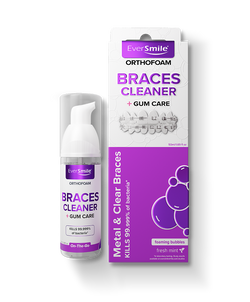
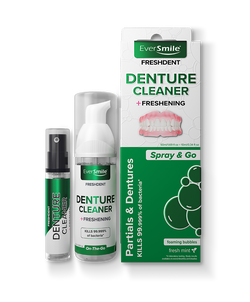






















Post a Comment!